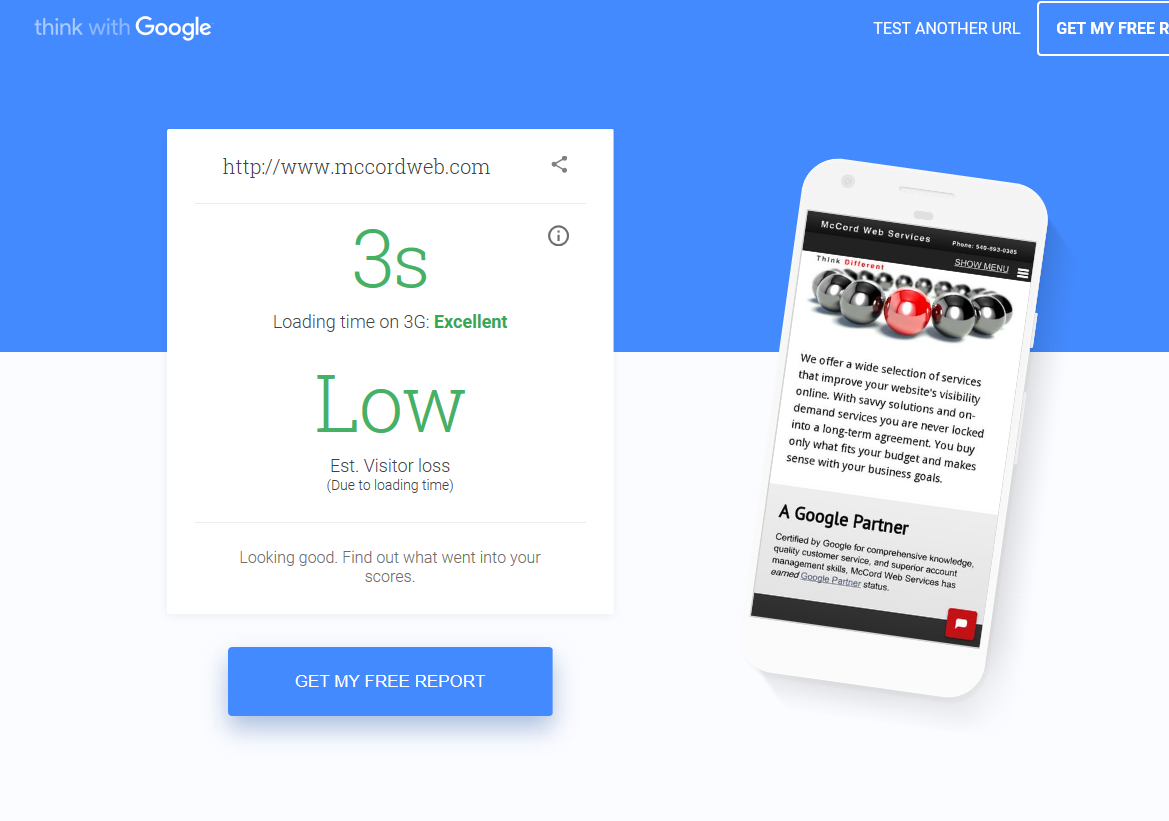I recently ready a very interesting article and wanted to share some of the important nuggets with you in Google indexing in this January 1, 2021 post.
First, Happy New Year! 2021 simply has to be better than 2020.
Second, there are the nuggets that I find of particular interest for our clients from this article.
• Google has now verified that it can take two months or more to impact search results when you make a change to your website.
• Google does validate that when you regularly add new content to your website, that the Google Bot spider will focus on the new content and not the old content for its time to index your website.
• If you have poor quality sections on your website, these poor sections can drag down the rating/ranking of your entire website.
• Rankings are determined not by page, but by weighing the entire website.
• However, now the Google team has stated that regularly updated new sections of your website that are of good quality may keep the poor sections of your site from making a strong impact that drags down your website in the rankings. Hmm, kind of conflicting from what has previously said and Google couches this with “it depends on your website.” So, not a conclusive nugget.
• What I find of particular importance in all this is that ranking and changes to your site have far reaching long term impacts that in some cases not seen even in two months from the changes. Keepng your content fresh is crucial to attracting and keeping the attention of the Google Bot spider.
If you are mystified by this, it may be time to visit our website to check our services. When you need a team that is trustworthy on your side to help you understand and then act to improve your website visibility, McCord Web Services is your top choice.




